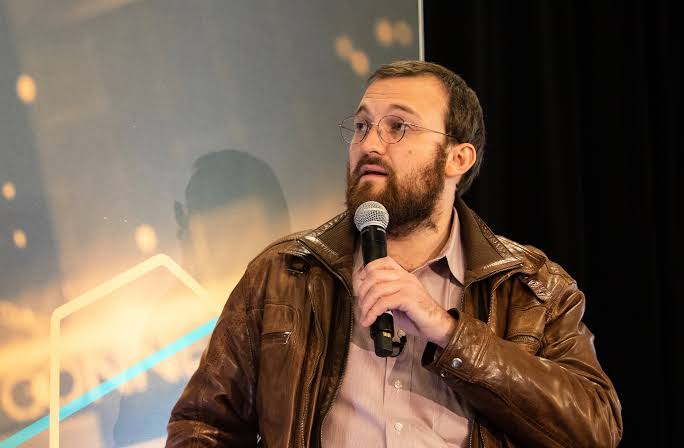The collapse of Terra (LUNA), according to Cardano (ADA) founder Charles Hoskinson, has had an impact on the development of the sixth-largest crypto asset by market cap.

According to Hoskinson, the implications of the TerraUSD (UST) algorithmic stablecoin’s de-pegging have caused Cardano developers to be more cautious in their plans for a Vasil upgrade.
“Our engineers are deep in the weeds right now and working real hard on Vasil. A massive amount to do, a huge amount of testing to do.
After the collapse of LUNA, we decided to add an additional test harness to what we’re doing and think really carefully about some things. It’s taking a bit more time but we figured that the abundance of caution is well rewarded these days.”
The Vasil update will be the network’s most significant improvement since the Alonzo hard fork in September 2021, which enabled Cardano smart contracts and a wave of new DeFi use cases.
The planned Vasil hardfork is meant to increase scalability and usability of the network. Vasil will present CIP31, CIP32, CIP33, and CIP40, four Cardano Improvement Proposals aimed at rethinking how Cardano’s Plutus scripts are sent to the blockchain.
The CIP improvements are expected to lower transaction costs, increase network speed and decentralization, and tackle the “concurrency” problem, which has severely hindered the scalability of blockchain programs to date.
The much-anticipated Vasil hard fork upgrade aims to improve network capacity and efficiency. The Vasil testnet went live on June 2nd, and the mainnet will debut on June 29th.